Stainless Steel Rain Gutter systems are widely used in modern architecture for efficient rainwater management. While their corrosion resistance and durability are well-recognized, questions remain regarding their stability under bad weather conditions, such as strong winds and heavy rain. Understanding the factors that affect stability is crucial for ensuring safety, maintaining structural integrity, and preventing water damage to the building. Proper design, installation, and maintenance play key roles in addressing these challenges.
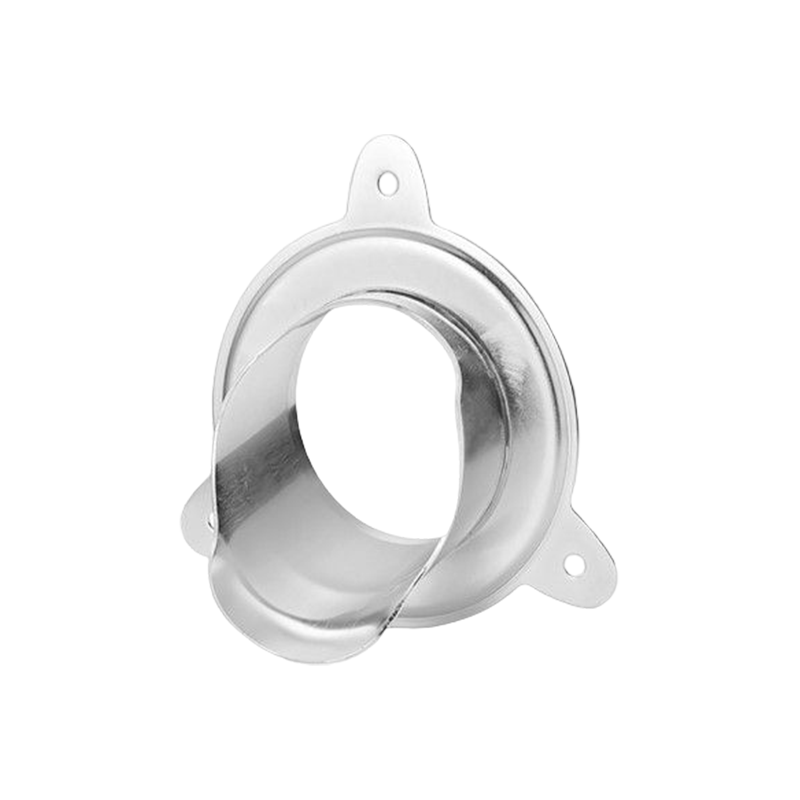
Material Strength and Resistance
- Stainless steel is chosen for rain gutters due to its high tensile strength and resistance to deformation.
- The material can withstand external forces from wind and the pressure of heavy rainfall without significant bending or detachment.
- Grade selection, thickness, and alloy composition influence overall stability, with thicker gauges providing better resistance to stress and impact.
Design Considerations for Extreme Weather
- Gutters must be designed to accommodate both wind uplift and the weight of accumulated rainwater.
- The shape and cross-sectional profile affect how the gutter handles wind forces; rounded or reinforced channels are more resistant to twisting and buckling.
- Adequate slope is required to ensure rapid water flow, reducing standing water that can add extra load during storms.
- Expansion joints and brackets are strategically placed to allow movement without compromising attachment or integrity.
Mounting and Bracket Systems
- Secure attachment to the building structure is critical for stability.
- Heavy-duty brackets spaced at appropriate intervals prevent sagging under water weight or wind pressure.
- Fasteners should be corrosion-resistant and capable of holding against both vertical and lateral forces.
- Proper alignment and tensioning reduce vibrations and movement caused by gusts of wind.
Impact of Strong Winds
- High wind speeds exert uplift and lateral forces that can dislodge poorly secured gutters.
- Wind-driven debris may strike the gutter, causing dents or bending if the material is thin or improperly reinforced.
- Reinforced edges, tighter bracket spacing, and aerodynamic design features help mitigate wind-related instability.
- Installation orientation with respect to prevailing wind directions can further improve resilience.
Impact of Heavy Rain and Water Load
- During heavy rainfall, gutters may experience additional downward pressure due to water accumulation.
- Blockages or insufficient slope can exacerbate stress, increasing the risk of deformation or detachment.
- Regular cleaning and proper sizing of the gutter cross-section are essential to ensure rapid water evacuation.
- Overflow outlets or downspouts must be positioned to handle peak flow without compromising the system.
Maintenance and Inspection
- Routine inspection is vital to maintain stability during bad weather.
- Checking brackets, fasteners, and seams for looseness or corrosion ensures the gutter remains firmly attached.
- Timely removal of debris prevents water accumulation that can add stress to the system.
- Seasonal adjustments or reinforcements may be necessary in regions prone to frequent storms or high winds.
Ensuring Reliable Gutter Performance
A Stainless Steel Rain Gutter can remain stable under strong wind and heavy rain if designed, installed, and maintained properly. Material strength, gutter profile, secure mounting, and appropriate slope all contribute to resilience against environmental stress. Regular inspection and maintenance further enhance performance, preventing deformation, detachment, or water damage. By addressing both structural and environmental factors, architects and homeowners can ensure that rain gutters perform reliably under bad weather conditions, safeguarding the building and providing efficient water management.


 عربى
عربى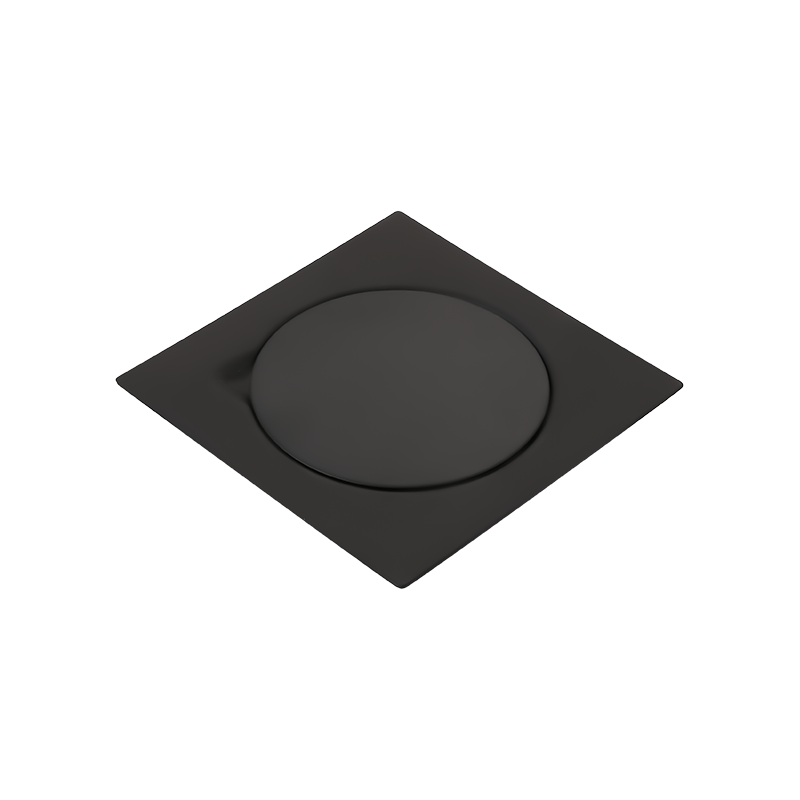
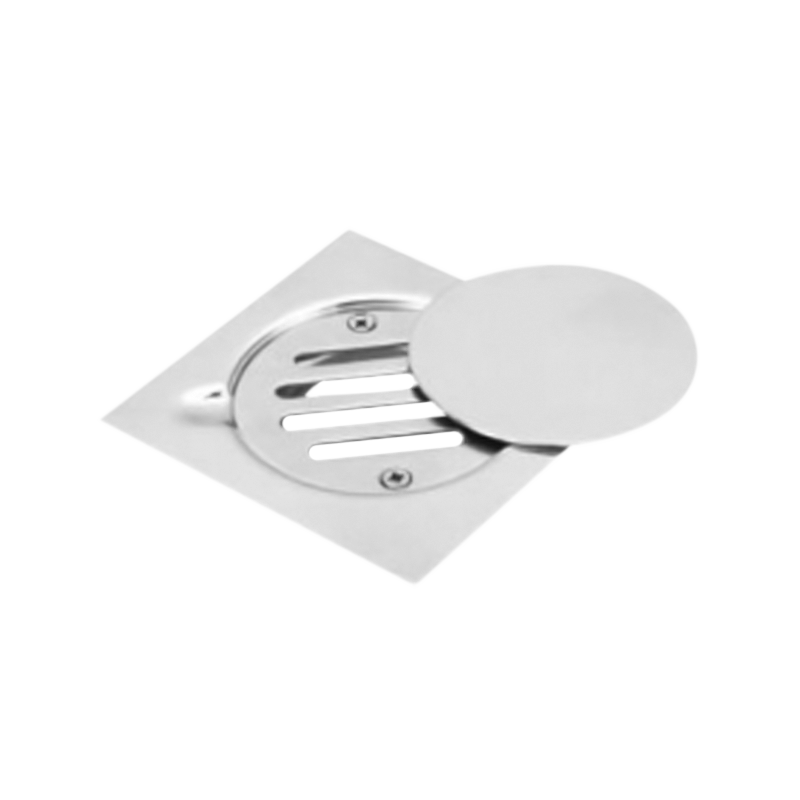
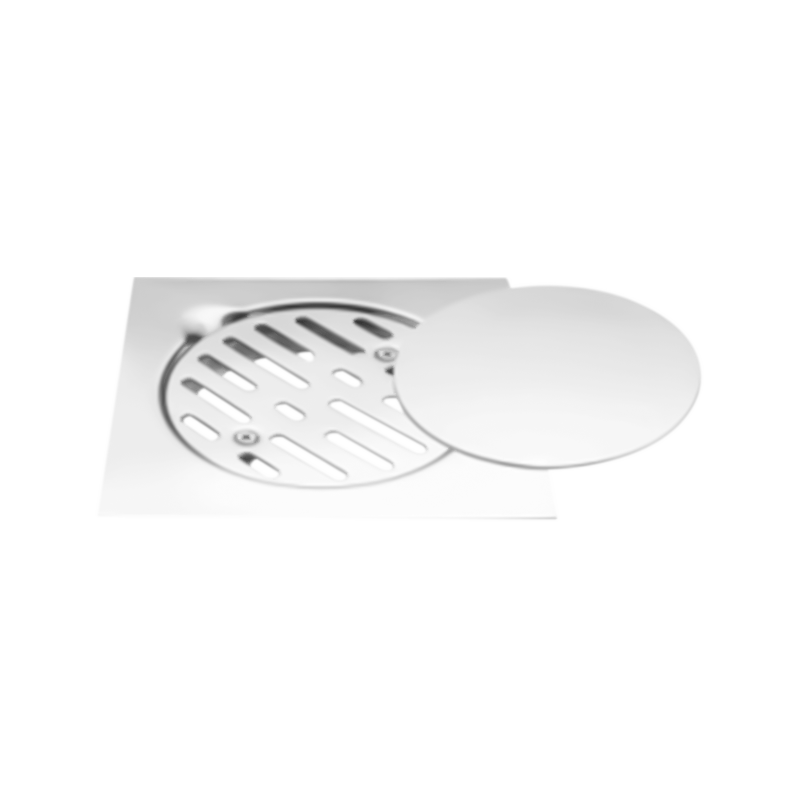
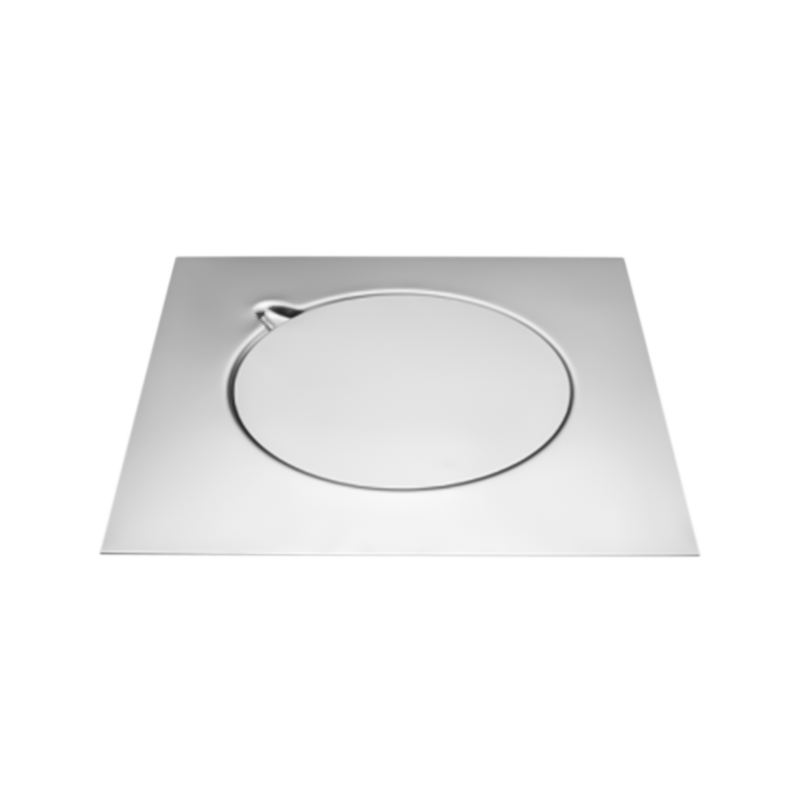
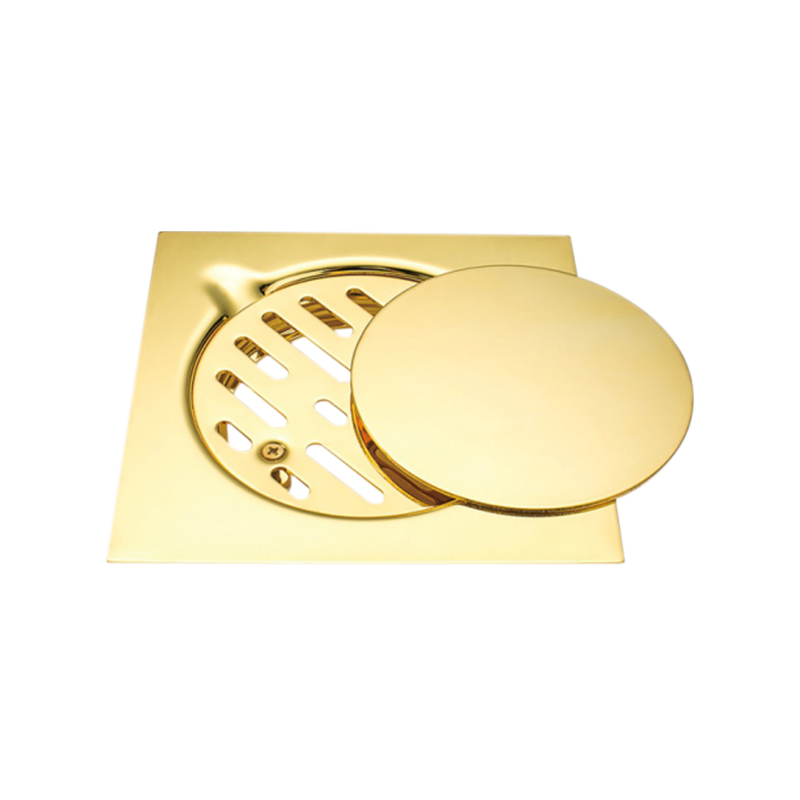
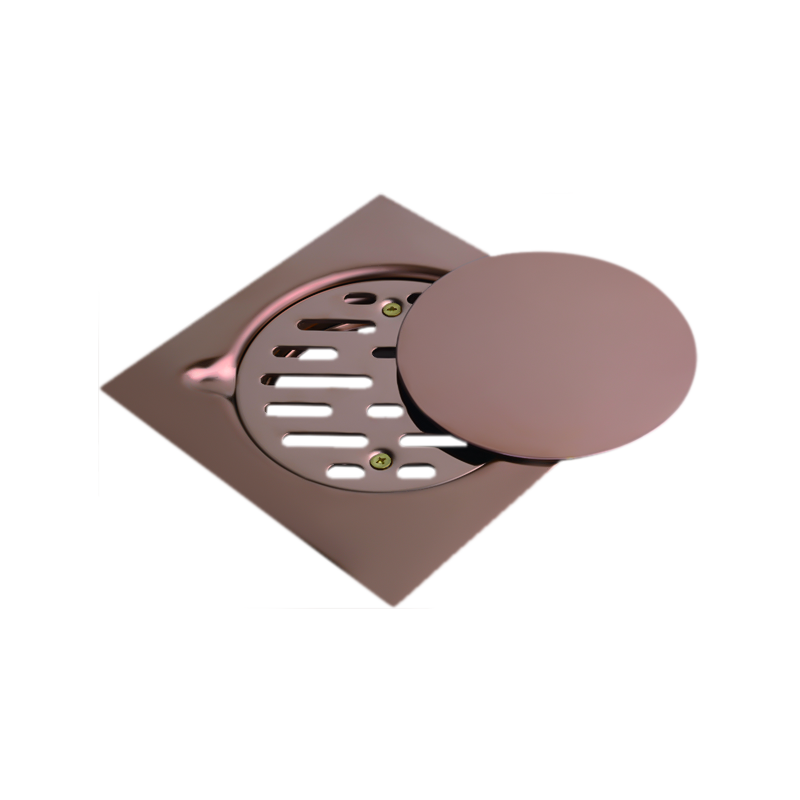
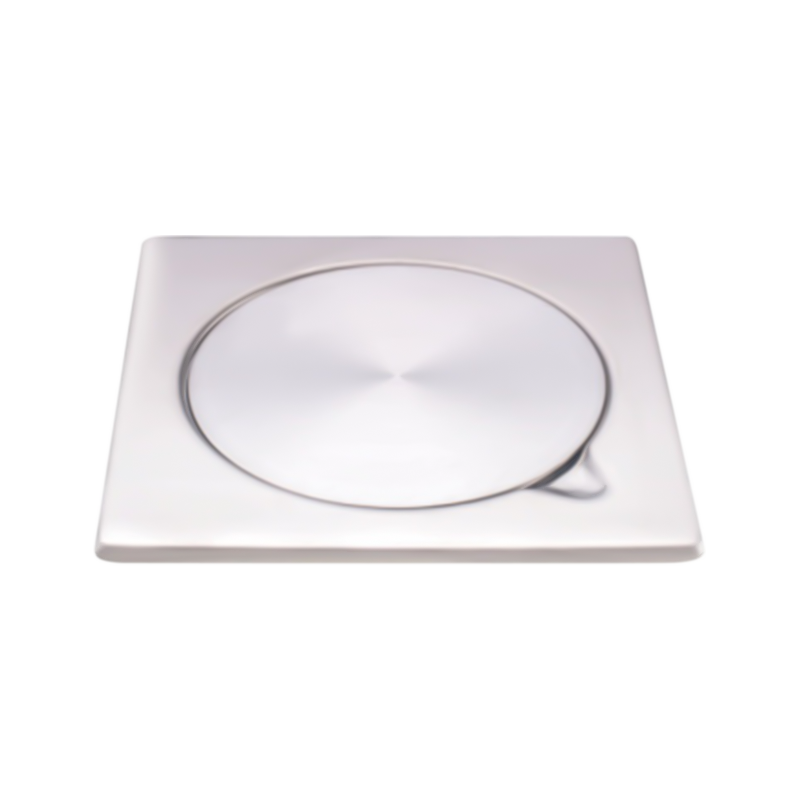
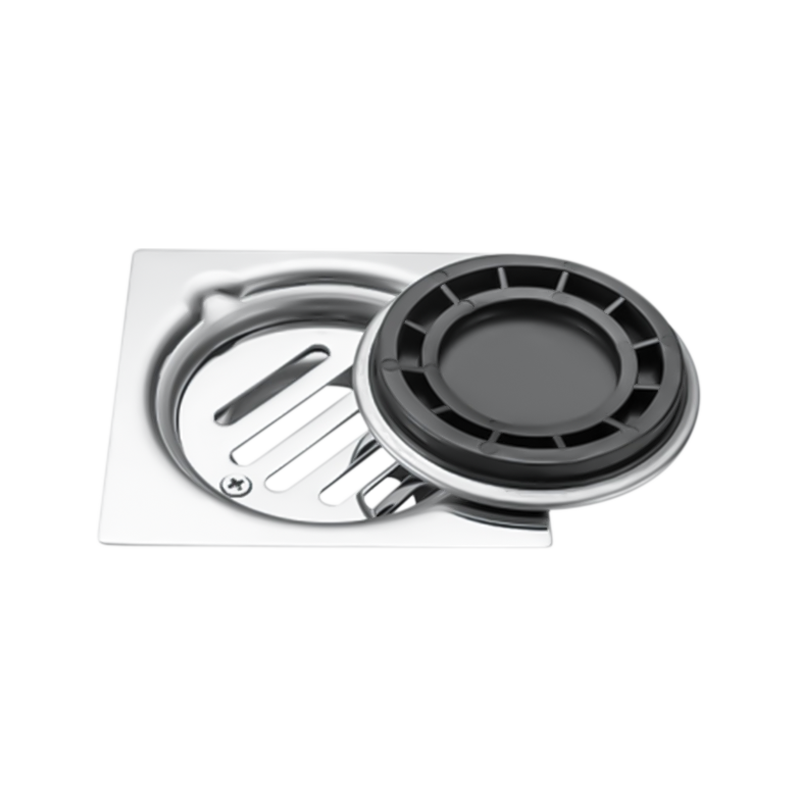

 Add: No 3 District Xiaowufen Industrial Zone, Pengjie Town, Luqiao District, Taizhou City, Zhejiang Province, China.
Add: No 3 District Xiaowufen Industrial Zone, Pengjie Town, Luqiao District, Taizhou City, Zhejiang Province, China. Tel: +86-576-89203599
Tel: +86-576-89203599 Fax: +86-576-89203598
Fax: +86-576-89203598 Email:
Email: 